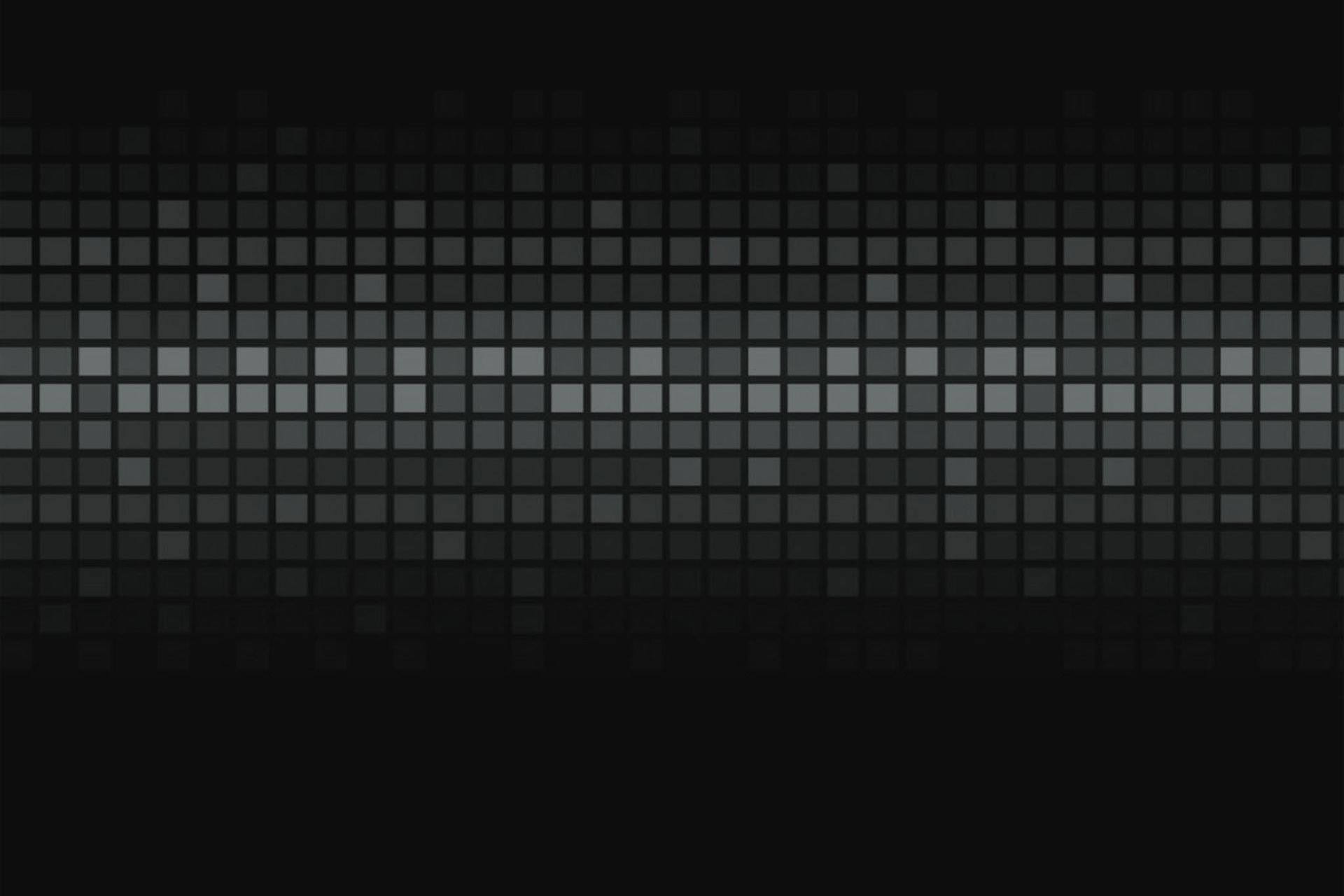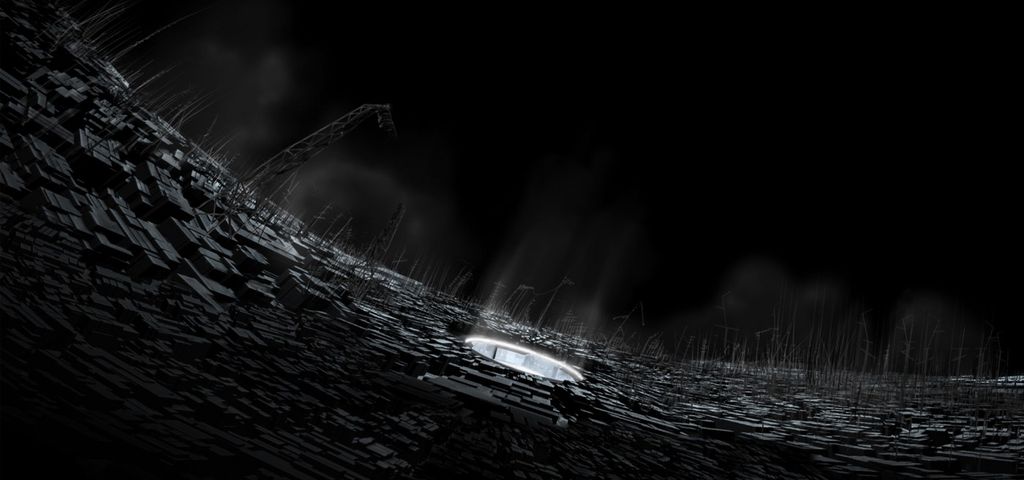My bio
Roger Beck – My bio
Once upon a time…
A small company called Neuland in Berlin (Germany) was the starting point of my career in 1994. Neuland specialized in providing SGI-based system solutions, high speed networks such as ATM, and dedicated software for the VFX industry, an extremely fast-pace industry with the highest demands on real-time data access and low-latencies. Collaborating in a non-linear environment, sharing media files or sequences of images is an extremely time critical procedure, so high performance and low latencies are the key to successful post production. Working as a System Engineer at Neuland, all this was extremely fascinating to me, and I was lucky to gather a lot of 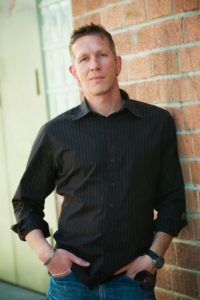 knowledge and experience about M&E industry.
knowledge and experience about M&E industry.
My first “big assignment” 1995 was to be part of setting up a new and innovative studio workflow at Studio Babelsberg (Berlin-Potsdam), a rather large studio facility to which Disney/Buena Vista had outsourced parts of the pre and post production of “The Lion King II“. That’s where I really got my feet wet for post production studio design.
After setting up various other studios across Germany, I was presented the chance to join Stardust Entertainment in Berlin-Potsdam, one of the first CGI companies in Germany. Preparing the production of the first fully computer generated TV show in Europe, Stevie Stardust, I was trusted with the task to setup the entire IT infrastructure including an emergency backup solution. Parallel I had to build, train and mentor a team of IT administrators.
Due to the nature of the show, the expectations of the IT environment were enormously high: high speed, high performance, high render power. In short: the IT had to be state-of-the-art, the best of the best and faster than anything else to provide for a mature CG workflow. Oh, we are in the year 1996, by the way…
Back then CG was still a pretty unknown terrain for everyone, and many technologies that nowadays go without saying were simply not available. The concept of a render farm was still at its infancy and a professional render management solution literally didn’t exist. So I had to do A LOT of R&D to find and implement innovative technologies in order to setup an IT environment that would meet the high demands of a CG workflow.
Fairly quickly I realized that the available hardware, despite the fact that it was state-of-the-art, didn’t provide the performance that I wanted it to, especially at peak times. I figured that there had to be more “power” in it than we were actually getting out of the hardware. My goal was to utilize the render farm better and automate the entire process in order to achieve a more efficient production outcome.
With a little bit of logical thinking and my (back then still rudimental) coding knowledge, I sat down at night and over the weekends and developed a software that took care of the render management. And it worked quite well – the productivity increased significantly and everybody was happy, especially I myself.
Over the following couple of months an increasing number of companies in Europe utilized more and more render farms, and for some mysterious reason my render management software became somewhat “famous”, especially in Germany and the UK. Eventually Alias WaveFront (now part of Autodesk) got wind of it, tested it, and then recommended me and “my render manager” to various design and post production studios across Europe. If anyone finds it remarkable that Alias WaveFront released a render management software only several months after they had tested mine, let me tell you: I was young (and awfully dumb, I guess) and had coded in Pearl. Not a second would I want to imply that Alias WaveFront “stole” my render management software in the end, but maybe I inspired them at least a little bit…
With the support of Alias WaveFront, I quickly became pretty successful in Europe. That’s when I decided, in 1999, to start my own company, offering IT infrastructure planning and design, implementation and installation, network analysis and trouble shooting services etc. I hired several IT administrators and over time built a team of 5 employees around me. Me and my staff were pretty busy across Europe, and of course the render managements software was often times the “door opener”, but based on the gained knowledge and the ability to pinpoint technical issues extremely fast, I’m still glad and proud that I had a chance to work with companies like Siemens, Bosch, Hella Design, Toyota and so on. It happened quite a few times that, after I was done with the original project (e.g. setting up render farms incl. intelligent render management), I was asked me to train and educate their IT staff.
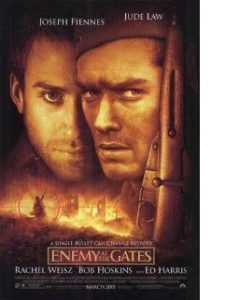 In 2000 the biggest postproduction network in Germany, Das Werk, stroke the deal to post produce Peter Jackson’s latest movie “Duell – Enemy at the Gates” and they signed me up (as a contractor) to design and build the IT network. After the project went pretty smooth and they were satisfied with the result, they contracted me for the maintenance and administration of the infrastructure. A couple of months later (early 2001) I was asked to join Das Werk as the (officially employed) IT Team Manager.
In 2000 the biggest postproduction network in Germany, Das Werk, stroke the deal to post produce Peter Jackson’s latest movie “Duell – Enemy at the Gates” and they signed me up (as a contractor) to design and build the IT network. After the project went pretty smooth and they were satisfied with the result, they contracted me for the maintenance and administration of the infrastructure. A couple of months later (early 2001) I was asked to join Das Werk as the (officially employed) IT Team Manager.
I admit, it was a tough decision to make: letting my own prospering company go to “go back” to being a regular employee didn’t sound too tempting to me at first. However, Das Werk already had several other interesting feature film projects lined up, amongst others “The Miracle of Bern” and “The Pianist“, and they needed a CG-savvy and experienced professional to manage these large-scale post production projects from the IT side. So I accepted the contract (and challenge), and from then on I managed not only the facility in Dusseldorf but also their branch in Bavaria.
After a thorough analysis status quo and evaluation of the IT network in the Munich entity, it became clear that it was necessary to revamp the existing IT infrastructure, both regarding hardware and software in order to fit the bill for the upcoming post production projects with tons of 3D CGI, compostiting and retouching. Since I wanted to do the modernization and reorganization in the most cost efficient manner, I utilized 90% of the existing equipment, yet was still able to lift the entire IT network to an avant-garde state while only purchasing indispensable gear or software.
The post production for the movie projects was planned be to executed mainly in Dusseldorf and Munich, however, the other 4 entities in Frankfurt, Hamburg, Cologne, and Berlin were supposed to take over some of the workload, if necessary. With the goal to improve the overall (post) production workflow and simplify the collaboration, I initiated a VPN mesh between all 6 locations. In the same swoop I established and implemented a wide range of IT standards for all locations – the only logic way to reduce the variety of setups. Plus, standardized IT setups and processes made it a lot easier and faster to educate the IT staff on both hardware and software, as it was possible to streamline education processes. That way it was guaranteed that the level of knowledge was shared across the company and everyone was able to support everything everywhere – immediately and without any orientation or handover. In the course of those actions – and as I already carried a lot of responsibility anyway – I was also trusted with leading and expanding the team of IT admins. With my experience in team leading, I interviewed and hired new staff members and trained them to be up to speed for the demanding maintenance of the IT networks.
In 2004 Das Werk was renamed Pictorion Das Werk, and I was promoted as CIO of all branches. By that time I was managing 27 team members and had to report directly to the board. Between 2004 and 2007 I achieved overall cost savings of around $200K with a single project. Because a post production company depends heavily on render power, I proposed the idea to centralize the renderfarm: rather than spending 50 nodes per branch without utilizing them to the full extent, a centralized blade server-based farm was connected via the VPN mesh and transparent for all users across the network. With this – at that time fairly innovative – design I was able to reduce the renderfarm to 150 nodes (instead of 300) and increase the utilization to 90% in average. From the financial perspective, it saved half of the initial costs – and in addition it significantly reduced power consumption and cooling requirements. Another cost saving project I successfully implemented was the migration of applications licenses. As not all 150 artists in the network would need software package X or Y every day, I created a software/license database which allowed the users to check-in a particular license when needed – and check it out again when they were done. This was not only a huge saving point in regards to the initial costs for every software package, but also reduced the annual maintenance fees attached to it.
In 2007 I was ready to move on and started seeking a new challenge, as I had reached the limit of what I felt could be done at Pictorion Das Werk. Being deeply connected in the M&E market, I fairly quickly found my new calling as Senior System Engineer at Bright Systems Inc. in Reno, NV. Bright Systems provided turnkey SAN solutions to the M&E industry, and I was leading their first entity abroad, based in Hamburg, Germany.
My knowledge as a former customer was advantageous for Bright Systems, as I provided experience from “the other side of the table”. Therefore I found myself not only in the position as SSE, but as pre sales expert too who was talking the same language like the customers. This, combined with my expertise in designing and planning complex SAN/NAS setups tailored for the needs in the M&E field, I was able to support the sales staff worldwide to understand what the customers really needed. This helped the company to provide customized solutions, specifically designed for each indicual customer rather than just a standardized off-the-shelf-system. A few months after I joined, I got promoted to Technical Service Group Manager EMEA (2008) where I took care of my assigned staff and educated them in the M&E relevant areas, including DI workflows. In addition, I was responsible to provide trainings to the existing reseller channel and qualify them for 1st level technical support. About one year later I got promoted again to Technical Service Group Manager Worldwide.
With this promotion it became inevitable for me to move to Reno, NV in 2009 in order to work out of the HQ. In 2010, the company decided to focus on their core strength, software, and let the hardware business go. Unfortunately this turned out to be a rather unfortunate decision as it lead to the bankruptcy of Bright Systems mid 2010. The core developers of the drowning company founded Bright Technologies, and keep on doing business till today – with me as their Director of Technology.
In the position of Director of Technology I was not only managing the technical service and support department, but I was as well responsible for all pre-sales activities. At peak times I was also happy to assist in 3rd level trouble shooting – which I wouldn’t want to miss, as it is like a hobby and a necessity for me to provide hands-on and gain knowledge that I need to have as a solid foundation when managing a team. Also bringing new ideas for product innovations and improvements was always very important to me, as I believe a product never “should be really finished”. Talking directly to customers, gathering feedback and ideas what they would wish for is sometimes very helpful to come up with new approaches. Monitoring the competition also allowed me to bring features into our products.
After 8 years with Bright, I was ready for new challenges and accepted the offer to join the media and entertainment division of Rohde&Schwarz (formerly known as DVS) in July 2015 as a Senior Solutions Architect. This new and interesting assignment made it necessary to move from Reno-Tahoe to Los Angeles, CA where I appeared on the radar of a German hardware and software manufacturer, competing in the same space: ELEMENTS from Dusseldorf, Germany wooed me away in 2016 as their Director of Solutions Architecture. While I deeply enjoyed being the front man for all pre-sales inquiries in the US out of the LA office, another offer from Scale Logic Inc., manufacturer of future-resistant data asset management solutions, caught my attention. In Oct 2019 I joined their team of highly experienced professionals and wear many different hats – just as I like it best.
Moving on, I joined OpenDrives Inc. in Feb 2021 as a Senior Solutions Architect, actively looking for room of improvement for their impressive line of products. I’m glad to work among some of the most talented and experienced post-production professionals I’ve ever met, and be part of creating the fastest, most reliable enterprise-grade NAS storage solutions on the market.
Apparently, quite a few of those people appreciate my skills and experience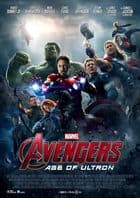 and keep asking for my input and help with tricky and rather complicated media workflow issues. Since I still love hands-on work and challenge myself to bigger and better solutions, I often use my spare time to help friends in the industry; hence I was fortunate to help realize projects like “The Revenant” (2015) and “The Avengers: Age of Ultron” (2015), “Doctor Sleep” (2019) to name just a few.”
and keep asking for my input and help with tricky and rather complicated media workflow issues. Since I still love hands-on work and challenge myself to bigger and better solutions, I often use my spare time to help friends in the industry; hence I was fortunate to help realize projects like “The Revenant” (2015) and “The Avengers: Age of Ultron” (2015), “Doctor Sleep” (2019) to name just a few.”
